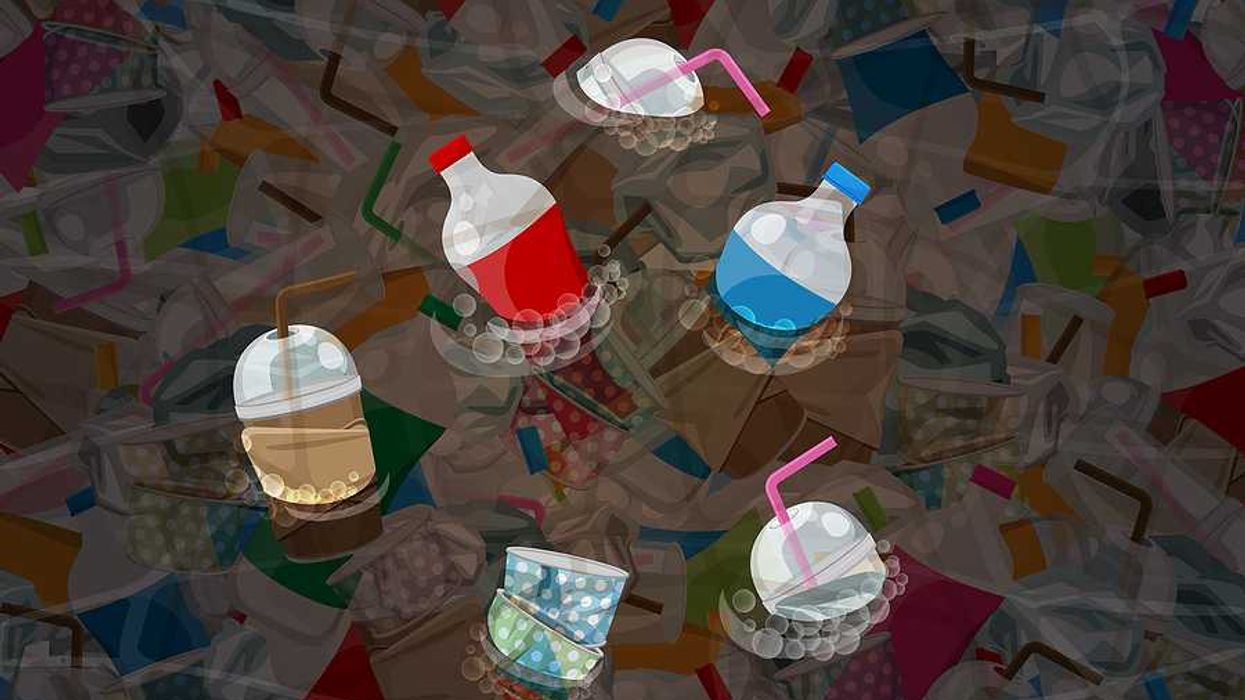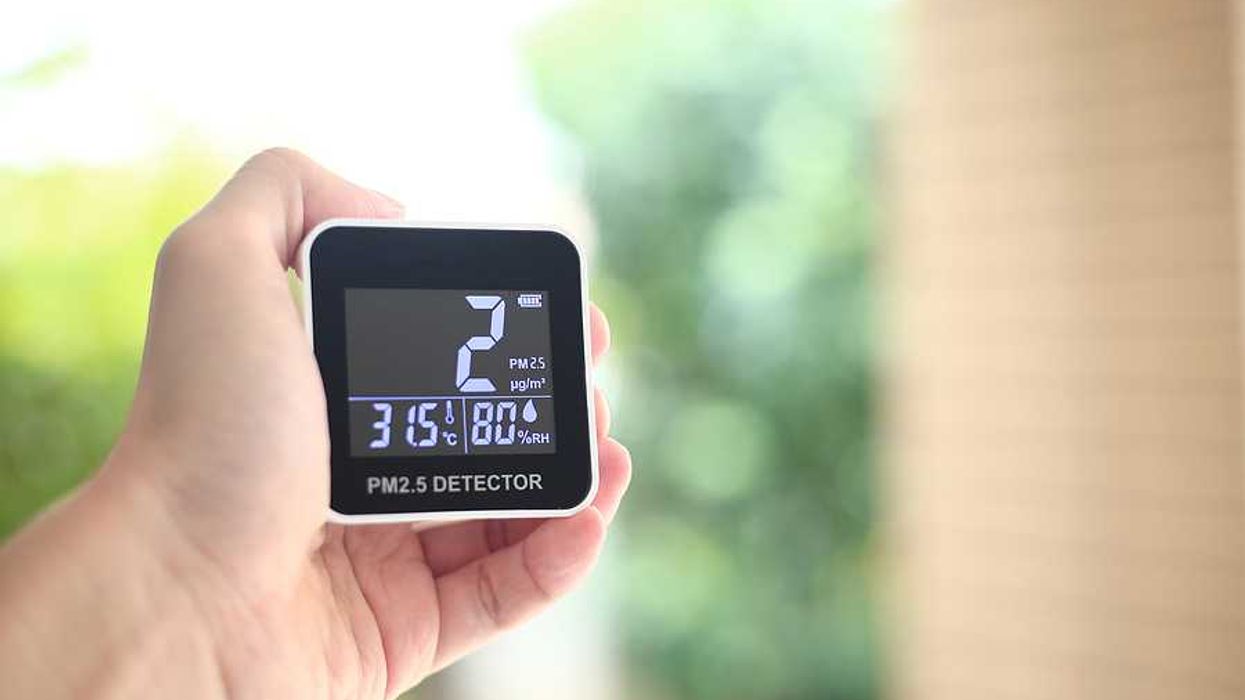Microplastic pollution is expected to double by 2040, driven by the breakdown of existing waste, even if no new plastics are produced, according to a review of two decades of research.
Stuti Mishra reports for The Independent.
In short:
- Microplastics, particles under five millimeters, come from the breakdown of larger plastics and are found in oceans, air and even the human body.
- Despite bans and recycling programs, microplastic pollution will keep worsening as existing plastic degrades, posing threats to ecosystems and human health.
- Scientists argue for a global effort to reduce plastic use, improve waste management and further research on the health impacts of microplastics.
Key quote:
“Plastic pollution doesn’t really disappear; it just breaks down into smaller and smaller pieces.”
— Dr. Joel Rindelaub, University of Auckland
Why this matters:
Microplastics are already ubiquitous in nature and are linked to ecological disruption and potential health risks. Without stronger regulations and global cooperation, this issue may worsen, further threatening ecosystems and public health.
Related EHN coverage:














